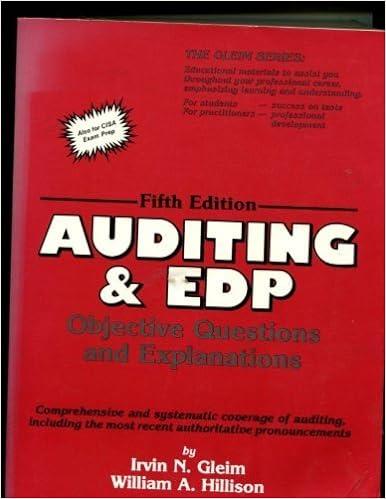Product X is anticipated to consume 40 machine setups, whereas Product Y will consume 20 setups. The budgeted cost for the machine setups cost pool is $90,000. In the assembly cost pool, the budgeted cost is $168,000. Product X is budgeted to consume 300 machine-hours at the rate of 0.5 machine-hours per unit and Product Y will consume 400 machine-hours at the rate of 0.2 hours per unit. A total of 600 inspections will be performed on Product X and 400 inspections will be performed on Product Y at a total inspection cost of $120,000 Budgeted total direct labour-hours for Product X is 1,200 hours and for Product Y is 6,000 hours. Required a. Determine the overhead cost allocation to Product Y and to Product X if activity-based costing (ABC) is used and if the traditional method with direct labour-hours as the allocation base is used. (13) supporting calculation steps ABC approach Supporting calculations: b. Explain why the costs have shifted in the manner you have described in part(a) when ABC is applied instead of the traditional method of overhead cost allocation (3) Product X is anticipated to consume 40 machine setups, whereas Product Y will consume 20 setups. The budgeted cost for the machine setups cost pool is $90,000. In the assembly cost pool, the budgeted cost is $168,000. Product X is budgeted to consume 300 machine-hours at the rate of 0.5 machine-hours per unit and Product Y will consume 400 machine-hours at the rate of 0.2 hours per unit. A total of 600 inspections will be performed on Product X and 400 inspections will be performed on Product Y at a total inspection cost of $120,000 Budgeted total direct labour-hours for Product X is 1,200 hours and for Product Y is 6,000 hours. Required a. Determine the overhead cost allocation to Product Y and to Product X if activity-based costing (ABC) is used and if the traditional method with direct labour-hours as the allocation base is used. (13) supporting calculation steps ABC approach Supporting calculations: b. Explain why the costs have shifted in the manner you have described in part(a) when ABC is applied instead of the traditional method of overhead cost allocation (3)







